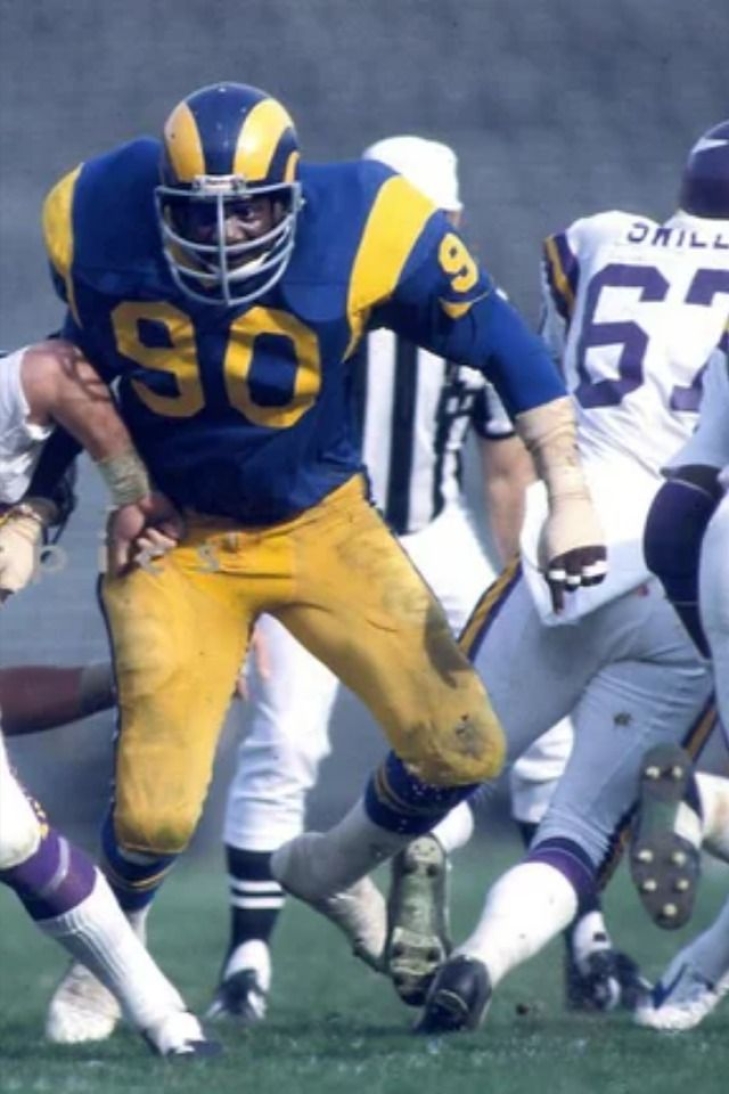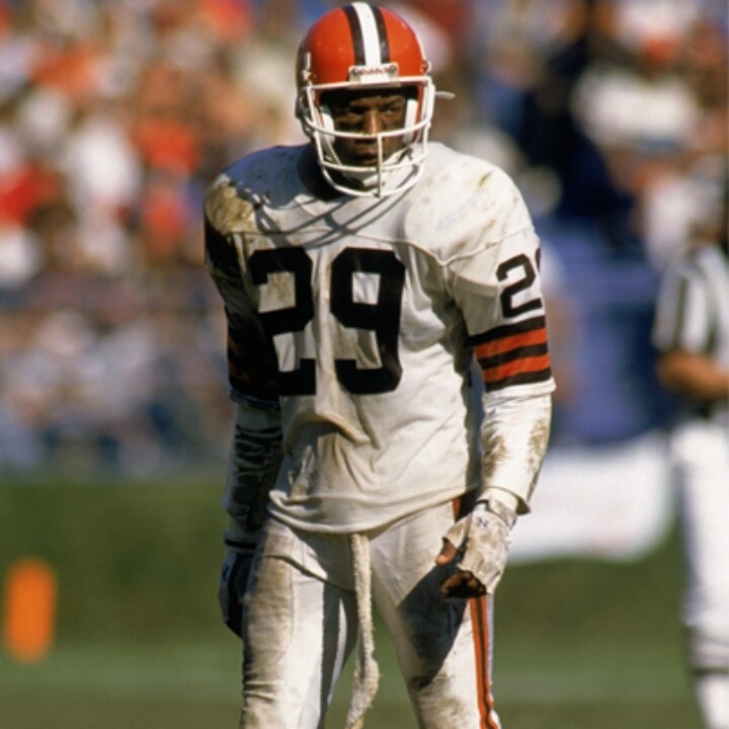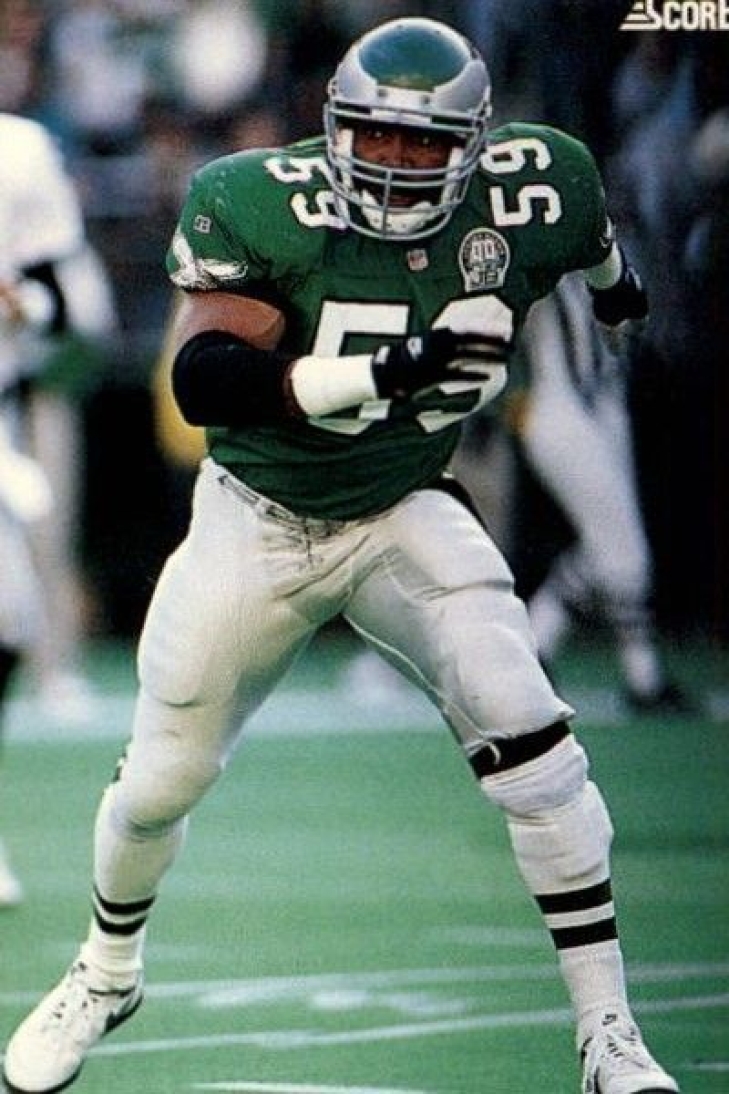
Committee Chairman
Notinhalloffame List Update: 251-275 on Football Revised
The problem with running a Hall of Fame-related website is that many of the big ones we cover all have announcements within months of each other. The backbone of what we do is list-related, resulting in a long push to revise what we already have, specifically now with our Football and Basketball Lists.
At present, we have a minor update as we have completed the next twenty-five of the 2024 Football List, which you can comment on and vote on:
The new 251 to 275:
251. Larry Brooks
252. Jon Morris
253. Ed Danowski
254. Dennis Harrah
255. Jim David
256. Ken Gray
257. William “Pudge” Heffelfinger
258. Jeff Van Note
259. Troy Vincent
260. Frankie Albert
261. Charles Follis
262. NaVorro Bowman
263. Jessie Armstead
264. Ray Wietcha
265. Clem Daniels
266. Henry Thomas
267. Josh Sitton
268. Randy Cross
269. Travis Frederick*
270. Bill Lee
271. James Farrior
272. Lawrence McCutcheon
273. Rich Saul
274. Chris Samuels
275. Bud McFadin
*Denotes First Year of Eligibility.
Rankings are impacted annually based on your comments and votes.
Thank you all for your patience. We will soon unveil more changes to the football and basketball lists.
299. Hanford Dixon
Hanford Dixon played all nine of his NFL years with the Cleveland Browns, whereby in the second half of the 1980s, he was one of the best shutdown Cornerbacks in football.
From Southern Miss, Dixon was the 22nd Overall Pick in 1981, and the Cornerback won the starting job on the right side. The Browns were not a good team in the first half of the 1980s but improved in the latter half, along with Dixon, who became one of the best cover men of the game.
In 1986, Dixon had a two-year run of First Team All-Pros, where he elevated Cleveland to one of the elite Defensive Backs in football. Dixon, who was also a Pro Bowl in 1988, helped Cleveland make the playoffs four years in a row (1986-89) and was one of the most under-appreciated defensive players of.the 1980s.
How Does Online Gaming Impact Traditional Sports?
The world of sports is in the process of a massive transition at the moment. The development of online sports gaming, in which gamers may wager on real-world sporting activities, has had a profound impact on conventional sports activities. But in what way is this online phenomenon affecting the hooked-up world of sports? Now let us look at some of the main aspects of how online sports activities and gaming are revolutionizing the traditional sports industry.
Increased Fan Engagement
Online internet gaming, sports and betting bring a new dimension to the interaction for the audience. This ability to place a bet on a game can add an extra level of enjoyment and tension while watching. This can lead to increased viewership and an additional dedicated following for traditional sports leagues and teams.
For those searching for an extensive style of sports-making bet alternatives, platforms such as 91 Club.net offer a secure and interesting environment. It can help players to know more about aspects of online gaming and they can also find more ways to earn real money.
New Revenue Streams
This growth has created new sales channels for traditional sports activity companies through online sports activity gaming. Leagues and teams can integrate with online gaming systems through marketing revenue sharing and could go further to license intellectual properties. This additional revenue may be directed toward player development, centers, and other aspects that make the sport popular.
Data and Analytics
Sports activities and gaming systems that are accessible online are largely based on the use of statistics and analysis to consider probabilities and risks. These records can also be valued for conventional sporting activity enterprises, providing information on the participants’ typical efficiency, game patterns, and fan potential. Thus, using these statistics, the organizations could make more informed decisions on the recruitment of players, educational interventions, and advertising.
Shifting Demographics
It also becomes evident that online sports gaming appeals to a more youthful audience than standard viewership. This can bring young enthusiasts of the current generation to the field of sports which in turn would help to ensure the longevity of leagues and teams. A lot of conventional sports activity companies are curious about how they may furthermore reach this younger target market, and online gaming is a valuable conduit to that goal.
Challenges and Considerations
Online sports gaming has a few of its advantages that have been stated above, however, it additionally has a few of its disadvantages that are outlined beneath. Preventing corruption and protecting the games’ integrity is an essential task. Further, it is pointed out that there should be responsible gambling to prevent issues of addiction.
The Need for Regulation
With the increase in popularity of online sports betting, there is a need to ensure that responsible measures and policies are put in place. It is imperative to have clear guidance to ensure the purity of the video games, protect the fans from the possible risks, and avoid underage participation. The delicate balance between promoting responsible gambling and, at the same time, nurturing this segment might always be a challenge.
The Future of Sports
The online sports gaming industry has been dynamic, and its impact on conventional sports activities is uncertain. However, it is apparent that online gaming is a powerful force that is transforming the way people consume and engage with sports. Whether it’s a layman or a sports enthusiast, online gaming provides a good different strategy to have fun with in actual sports activities.
Conclusion
The increase in online gaming, sports activities and sports betting setup creates possibilities and challenging conditions for conventional sporting activities. It is clear for both the web and conventional carrying worlds that by embracing innovation and joining their forces, they can offer fans all over the world a much more engaging and exciting experience.
285. Seth Joyner
You name it, Seth Joyner could do it at Linebacker.
It took a while before Joyner proved his professional worth, as the 1986 208th Overall Pick was cut in his first training camp before he was resigned. Joyner started seven games as a rookie, but was a starter afterward, where he showed an incredible body of work that allowed him to cover anyone on the field. He could attack the Quarterback, stuff the run, and block lanes with the best of them.
Joyner had his peak year in 1991, when he won his first Pro Bowl in a campaign in which he was fifth in MVP voting and second in Defensive Player of the Year Voting. It was a phenomenal campaign and one of the more incredible years that split what an interior Linebacker could do. After another good year, Joyner went to his second Pro Bowl; he signed with the Arizona Cardinals.
It was a good three-year run for Joyner, who added his third Pro Bowl in 1994, and played more action at Strong Safety, showcasing his exceptional talents. In his last two seasons, Joyner was a hired gun of sorts, providing veteran leadership, first on a Green Bay team that lost in Super Bowl XXXII to Denver, and then on that same Denver team that repeated in Super Bowl XXXIII. That was his swansong as a player, and that is the best way to go out.
He retired as one of the few players in the 20 Sacks/20 Interceptions club.





